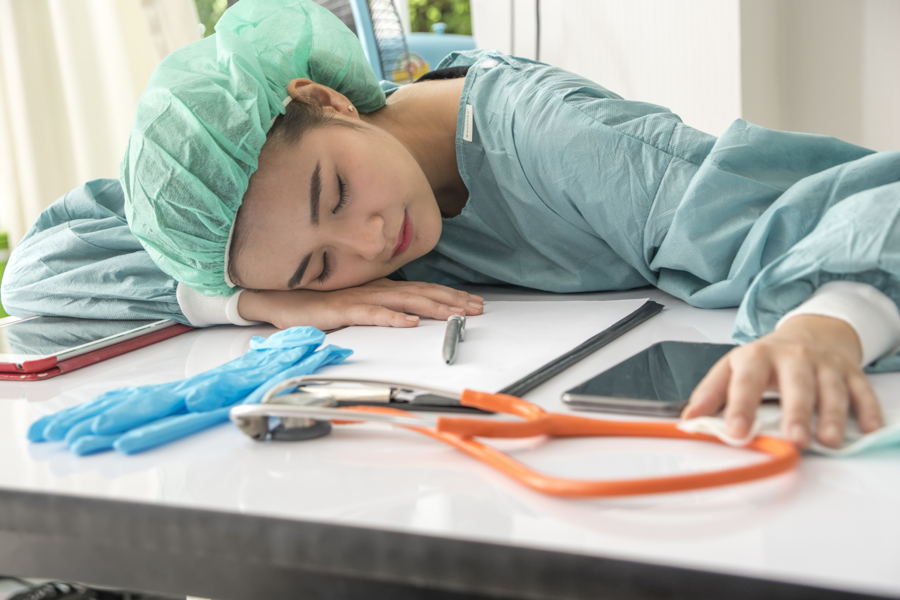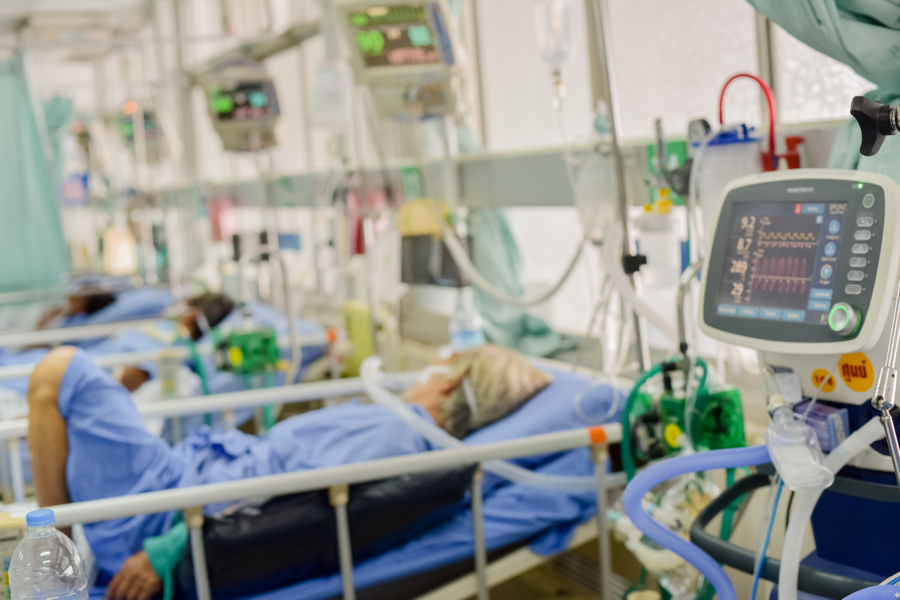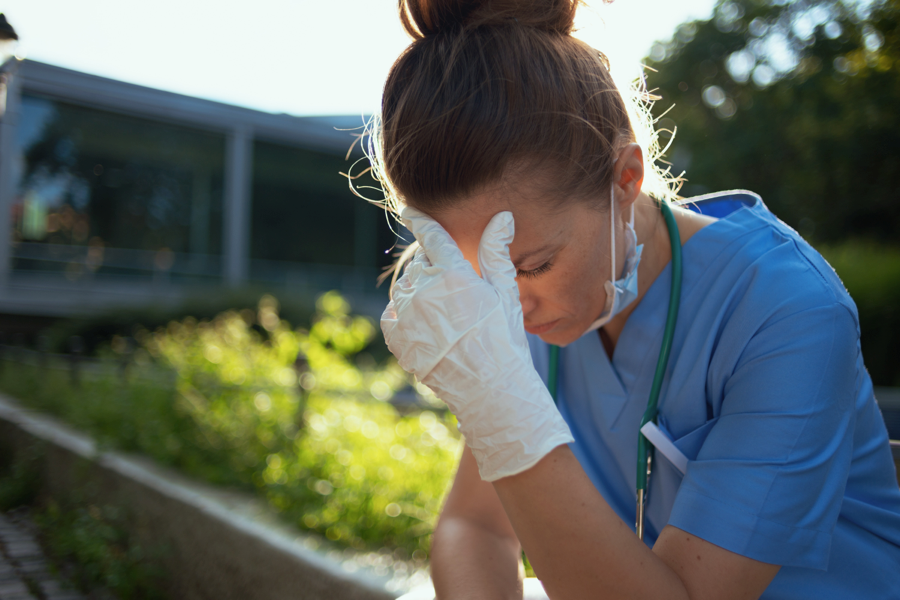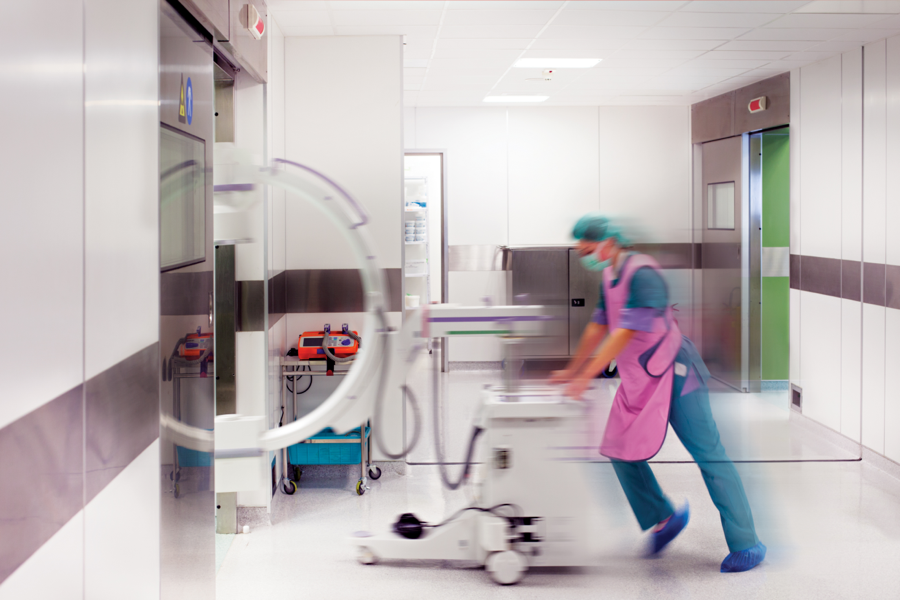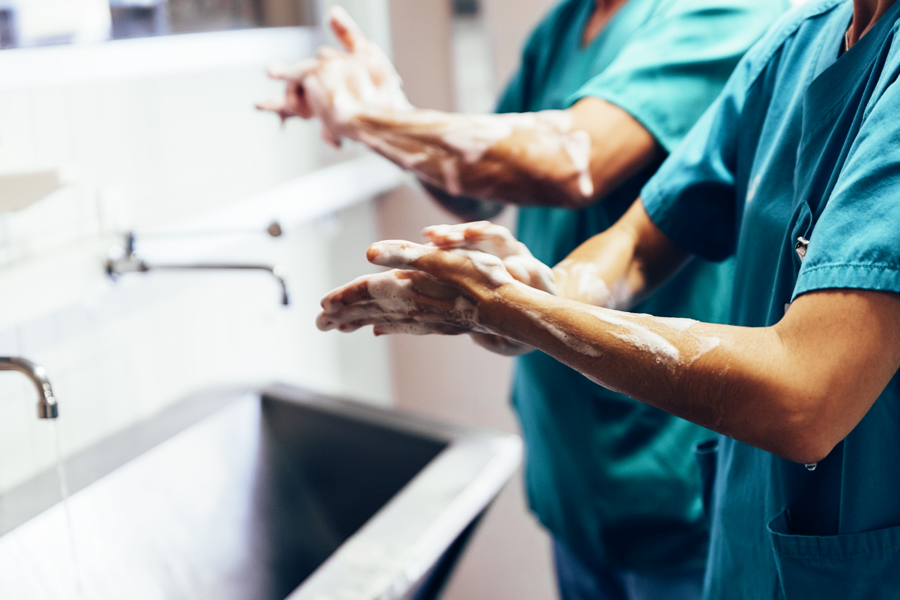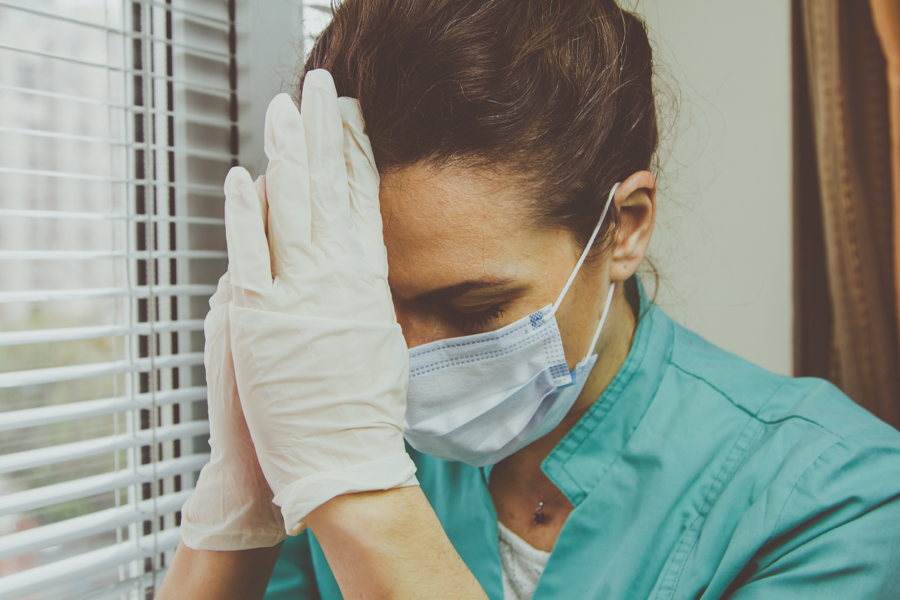
HEALTH & WELLNESS
Five Tips for a Nurse’s Tired Feet
-
 EveryNurse Staff
EveryNurse Staff
- Last Updated: 06/12/2018

It’s no secret that nurses spend all day on their feet. With extended shifts and running back and forth between patients, doctors, the lab, and the restroom (just kidding, there’s no time for bathroom breaks), nurses go home with sore, aching feet. Some shifts extend well beyond the typical 8 hours, and the physical requirements of nurses are often on par with a traditional labor-intensive job. There’s no doubt that a nurse’s feet are getting the short end of the stick.
Since sitting is a nurse’s fairytale, nurses need to make time to keep their feet healthy, even when time is at a premium. Don’t know where to start? These simple, affordable suggestions will help keep the feeling on your feet and keep you going when patients need you the most.
Stretching and Exercise
Yes, the dreaded E-word. What nurse has time for voluntary exercise? And isn’t running from patient room to patient room exercise enough? Before you scoff at the idea of moving your body when you don’t have to, remember that exercise doesn’t need to be heart-hammering cardio to be effective. What often happens when nurses finally get the chance to sit down after a long shift is their muscles lock up and become stiff, making getting going again extra tough.
Take Action
Stretch your feet, legs, and ankles after every shift and if needed, whenever you can during the workday. Do some ankle rolls while you’re checking a patient’s vitals or charting, and if you have a minute, stretch out your hamstrings. It only takes a few minutes but staying flexible can keep you from hitting the end-of-the-day wall so hard. Exercise also keeps you in shape, making it easier for you to stay on track at work.
Rough Shift? Soak Your Feet
After spending hours on your feet, it’s normal for them to be tired, sore, and stiff. Even the best-laid plans to prevent pain won’t stand up to a particularly difficult shift and there’s going to be some (or many) days that you go home feeling like you can barely walk. When you’re crawling through your front door in your scrubs, you need an emergency solution that provides relief fast.
Take Action
Soaking your feet in Epsom salt is more than an old folk remedy. It works to relieve swelling and inflammation, both of which are present in abundance after spending 12 hours on your feet in a hospital or doctor’s office. Fill a basin with warm to hot water (just be wary of burns, even if it feels amazing) and sprinkle a generous amount of Epsom salt in the water, stirring until dissolved. You can add essential oils that can also help reduce pain and inflammation or rejuvenate the feet, such as lavender or peppermint oil. Now you finally have a good excuse to put a massaging foot bath on your Christmas list!
Wear Compression Socks
No, compression socks are not just for elderly or diabetic patients. When you spend all day upright, compression socks can help to prevent stiff, sore legs and feet. When you’re working in a fast-paced environment with no time to sit down and relax, blood can pool in your legs and feet, leading to pain and swelling. Your feet and legs are overworked, and they just can’t keep up with the rest of you, so instead of the blood being returned to your heart, it just hangs out in your lower extremities. If you’ve ever noticed that your shoes are particularly tight at the end of a shift or you have difficulty switching from your work shoes to regular shoes because they seem too small, you’ve likely experienced this medical phenomenon.
Take Action
Bite the bullet and head down to your hospital’s pharmacy or home health center and grab some compression socks in your size. You can also find them at nearly any supermarket. Wear them during your shift to promote blood circulation from your legs and feet back to your upper body, making it less likely that you’ll go home with sore, swollen toes.
Take a Load Off After Your Shift
Once your shift is over, you hopefully will have some time to sit down and let your body relax before you have to put it to work again. Like compression socks, putting your feet up at the end of your shift (or whenever you can) helps to return blood that has pooled in your lower legs to your heart and back through the rest of your body.
Take Action
Don’t just put your feet up on a stool or another chair. This can be somewhat effective, but what will get your blood flowing is if you put your legs up against a wall. Lie on your bed with your bottom to the wall and put your legs up against the wall so your feet are over your head. If your bed doesn’t touch the wall or you need to do this on the fly, just use the floor. You may look silly, but keep your feet elevated for 10 minutes or so, or until you feel like the swelling has reduced.
It’s All About the Shoes (Really!)
Of all the things nurses can do to care for their feet, wearing high-quality, comfortable shoes is the most important. Grueling 12-hour shifts seem to go by in a snap when you’re wearing the right shoes. You may be surprised to learn that supportive footwear does more than just help keep your feet from getting tired and sore — they’re also easier on the rest of your body, especially your lower back, knees, and ankles.
Take Action
Nurses should be fitted for new shoes or orthopedic insoles every year and two pairs are a must, so they can be rotated between shifts. Because a nurse’s shoes get so much wear and tear, they’ll need replacing every 3-6 months.
Nurses should worry most about comfort versus style when it comes to shoes. Purchase a style of shoe in the correct size for you and make sure there’s room to accommodate for swelling. Don’t forget about easy cleanability — after all, nursing is a messy job!
When you take care of your feet, your feet will take care of you. Use these tips to keep your feet from getting tired too quickly and to rejuvenate them after a tough day on the floor. Combining these suggestions can give you an arsenal of foot pain-fighting tools that make it easier to get through those tough days on the job. When your feet feel good, it’s easier to keep up with call lights, doctor’s orders, tests, and emergencies.


